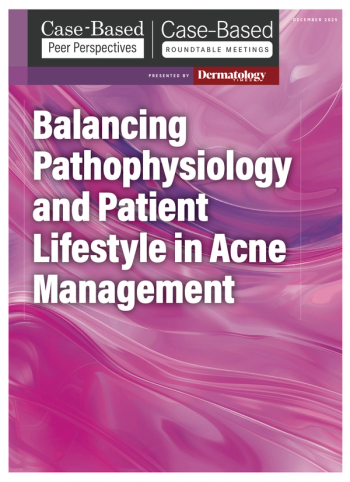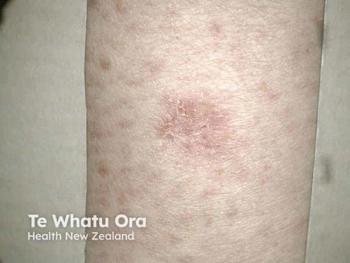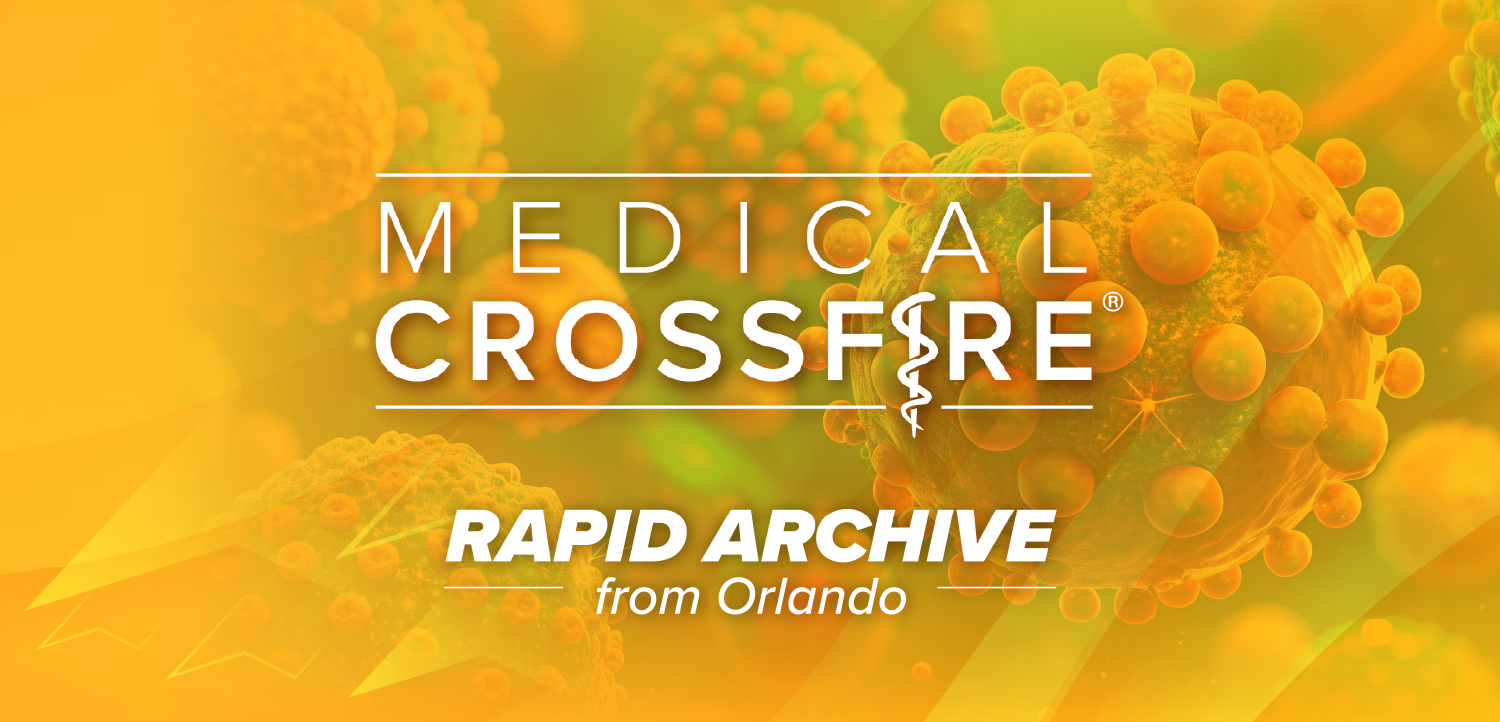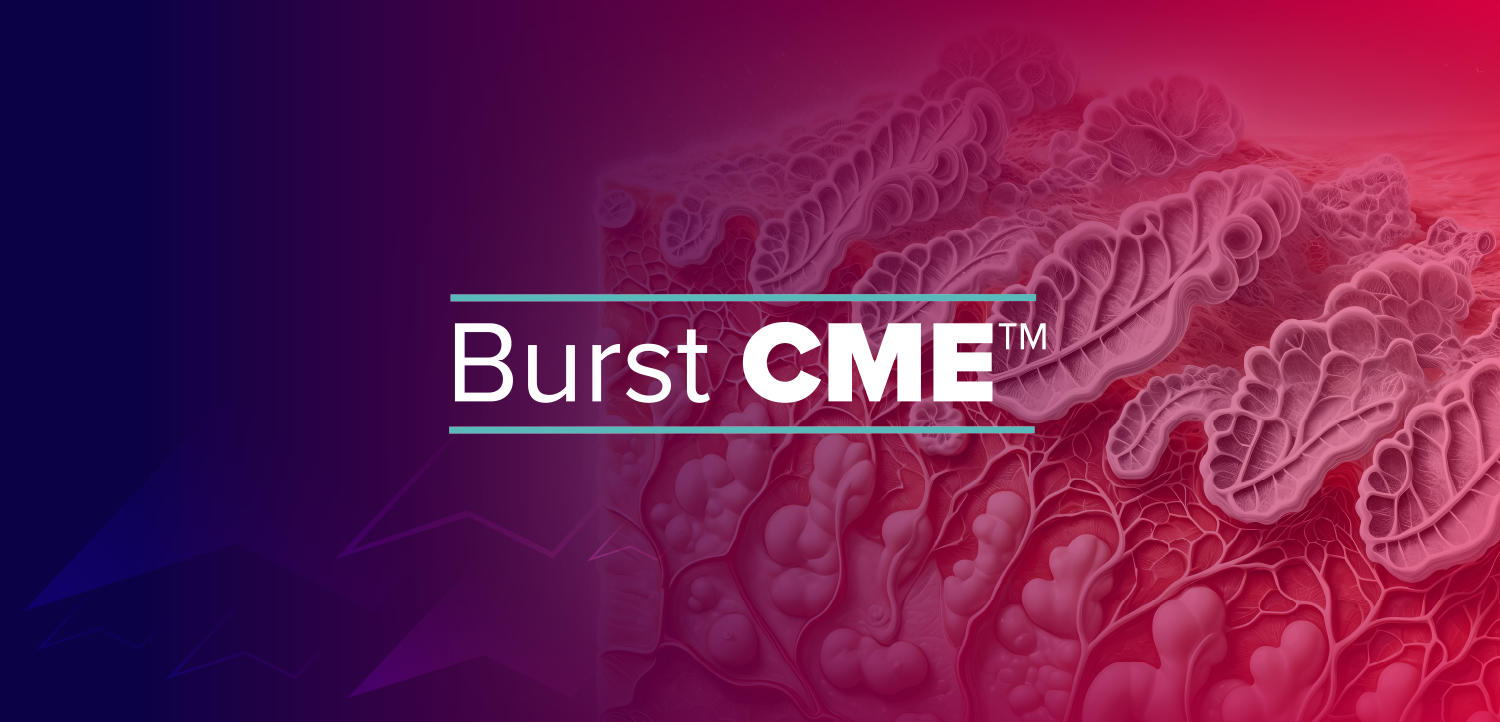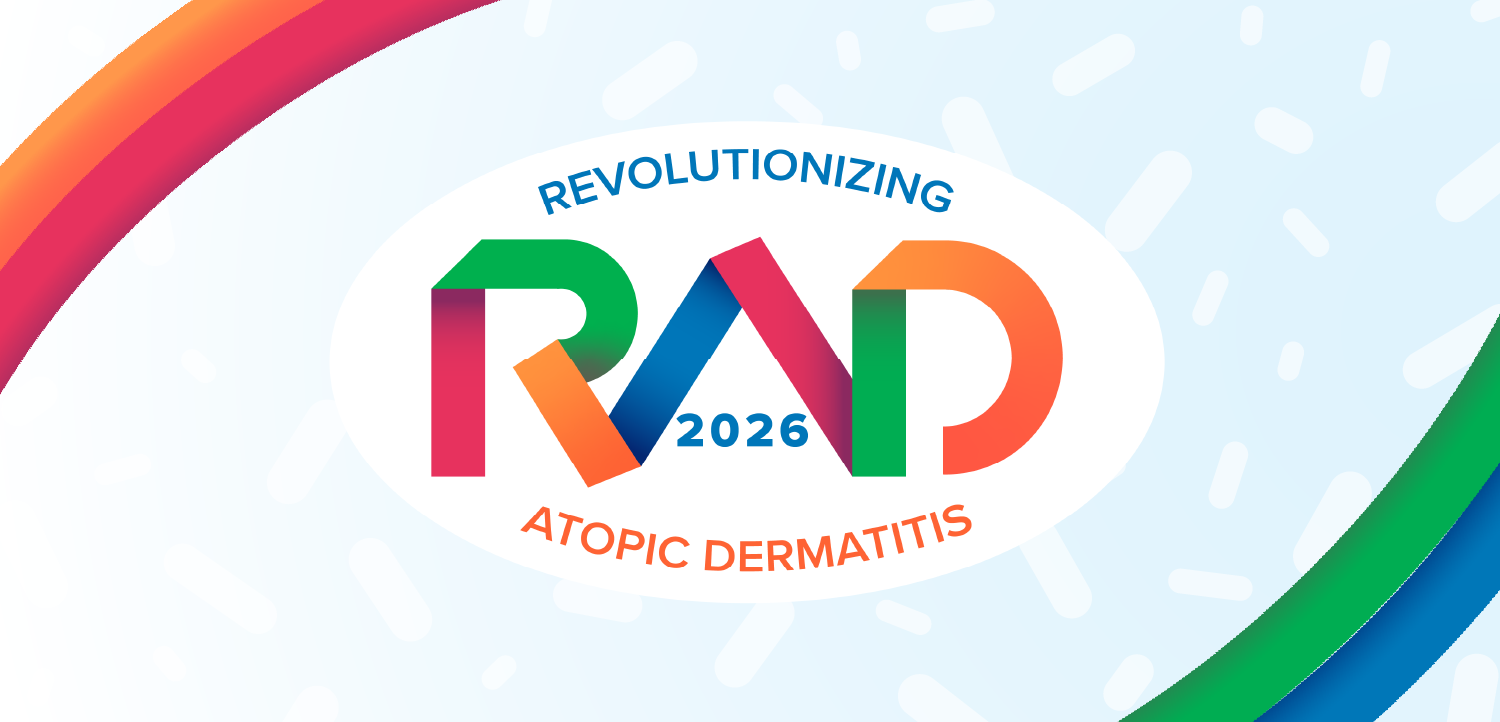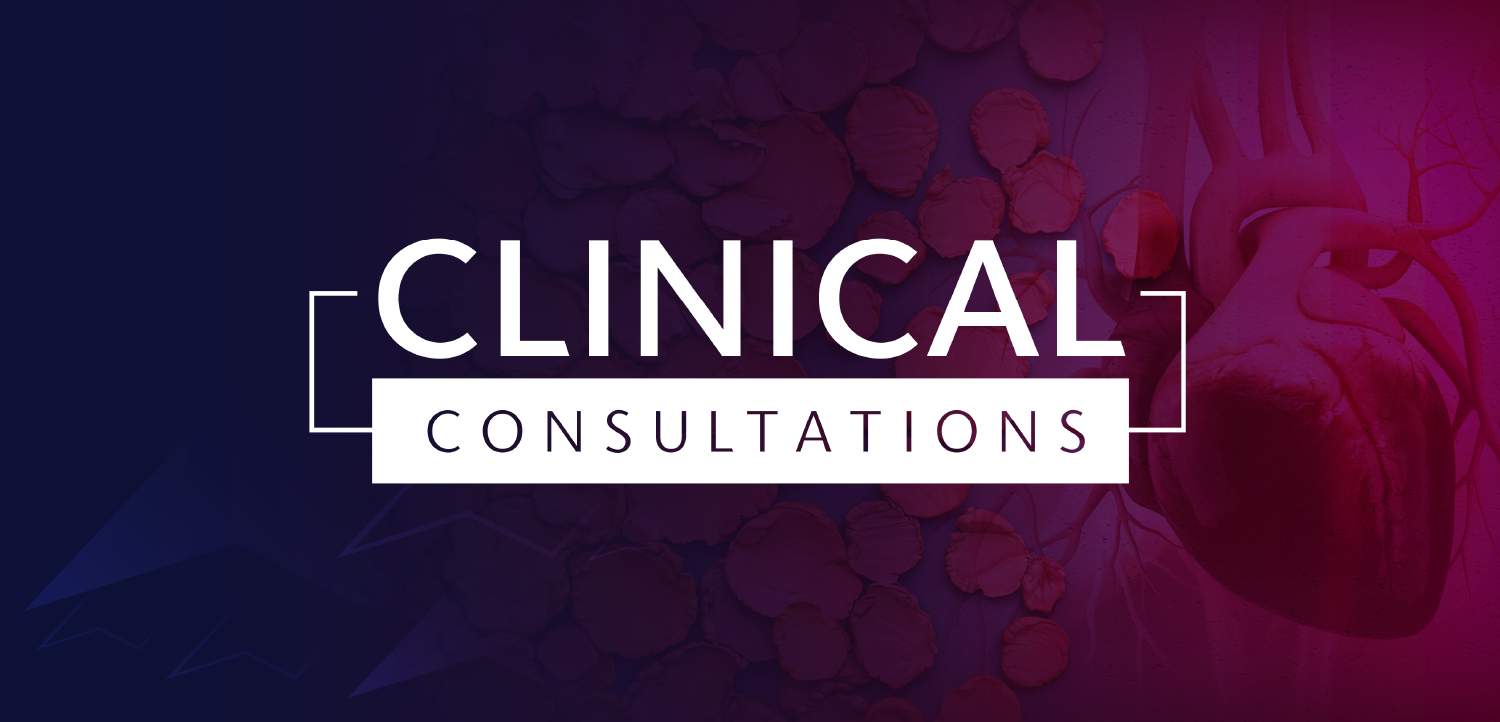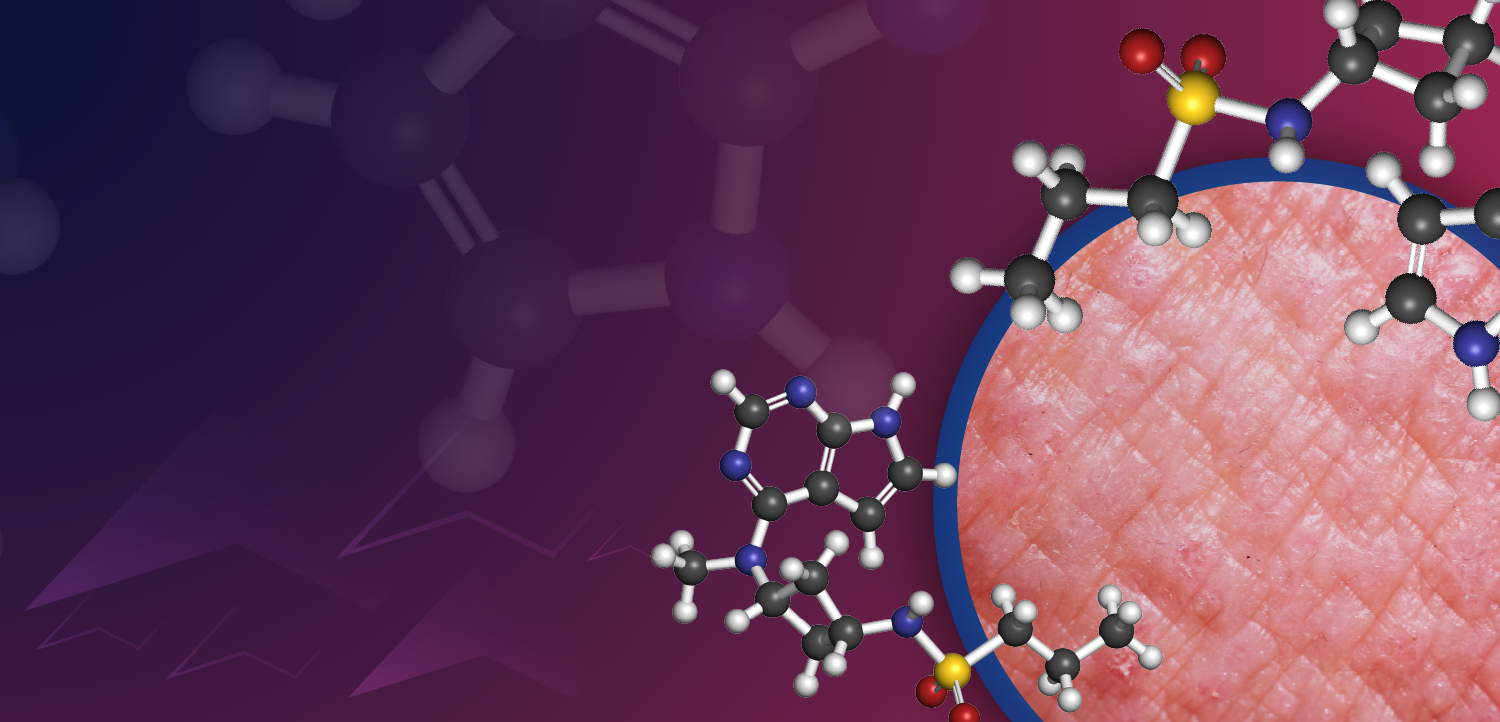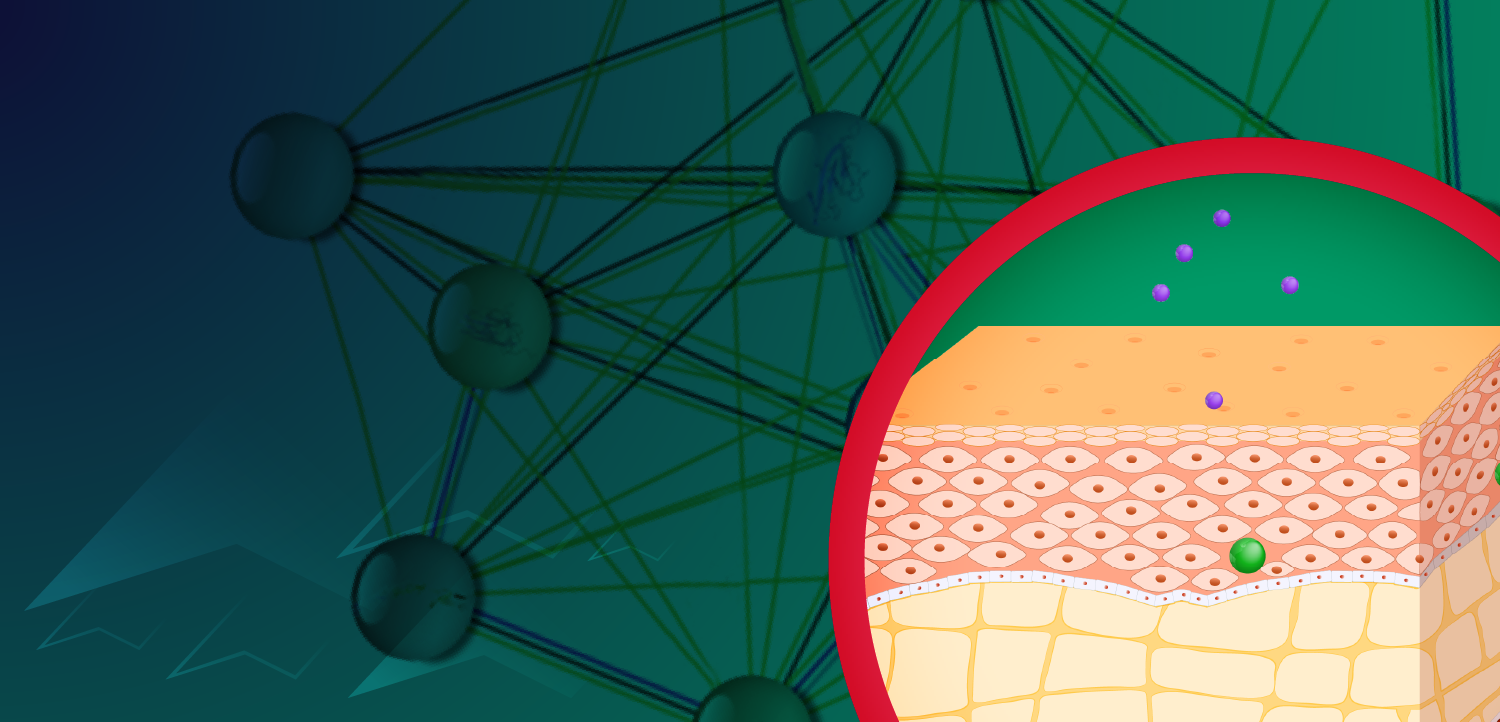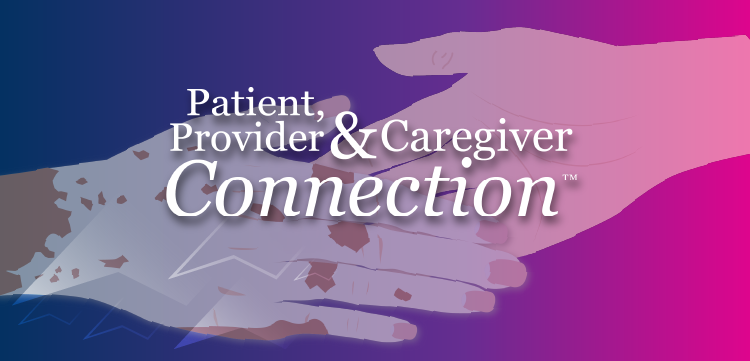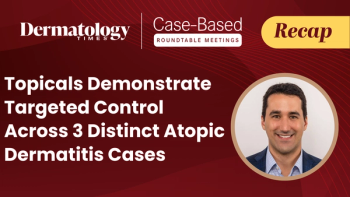
Michael Gold, MD: Insights on Silicone, Energy-Based Devices, and Radiation Therapy
Gold discussed breakthrough treatments for scars, including silicone, energy-based devices, and radiation therapy.
Michael Gold, MD, a dermatologist practicing at Gold Skin Care Center in Nashville, Tennessee, spoke with Dermatology Times to discuss highlights and pearls from one of his sessions at the
Silicone Gel Sheeting: A Timeless Solution for Scar Improvement
In the interview, Gold recalled how his journey with scar treatment began over 30 years ago.
"Silicone gel and silicone sheets are going to be a part of my talk, because it's remarkable to me that they sort of were here, then they disappeared for a while," he said. "There are so many different varieties of them in today's world... and I’m going to go through the ones that have clinical work behind them and show what they can do."
The Role of Energy-Based Devices in Scar Treatment
In his discussion, Gold emphasized the role of fractional CO2 lasers in treating scars from severe injuries or surgeries.
"What you can do with people that have had horrific injuries, burns, surgical procedures that have left really bad scars... that’s where fractional CO2 comes into play," Gold said.
Scar Management Guidelines: A Collaborative Effort
Gold has been a key figure in developing international guidelines for scar management. He shared how his team published 2 influential articles, one in 2002 and another in 2014, on scar management strategies.
Gold’s team is currently working on part 3of these guidelines, which will incorporate new technological advancements. The upcoming guideline aims to address the advancements and challenges faced by dermatologists in the field, with new innovations shaping the future of treatment.
Superficial Radiation Therapy: An FDA-Approved Treatment for Keloids
Gold also discussed the resurgence of superficial radiation therapy for keloids.
"Superficial radiation therapy... was dermatology-focused, then it disappeared from the dermatology realm, and radiation oncologists took it over," he recalled.
However, the FDA-approved reintroduction of superficial radiation devices has dramatically improved outcomes for keloid treatment.
"If you cut a keloid and leave it alone, up to 75% to 80% recur... If you do surgery and superficial radiation, our studies of over 100 keloids showed less than 10% recurrence rate. That’s almost magic," Gold said.
Giving Back: The Heart of Dermatology Care
Gold emphasized the importance of philanthropy in his practice.
"You do a lot of this pro bono, because a lot of the people that need it can't afford it," he shared. "That's why we're here... giving back is an important part of what I preach."
Newsletter
Like what you’re reading? Subscribe to Dermatology Times for weekly updates on therapies, innovations, and real-world practice tips.

